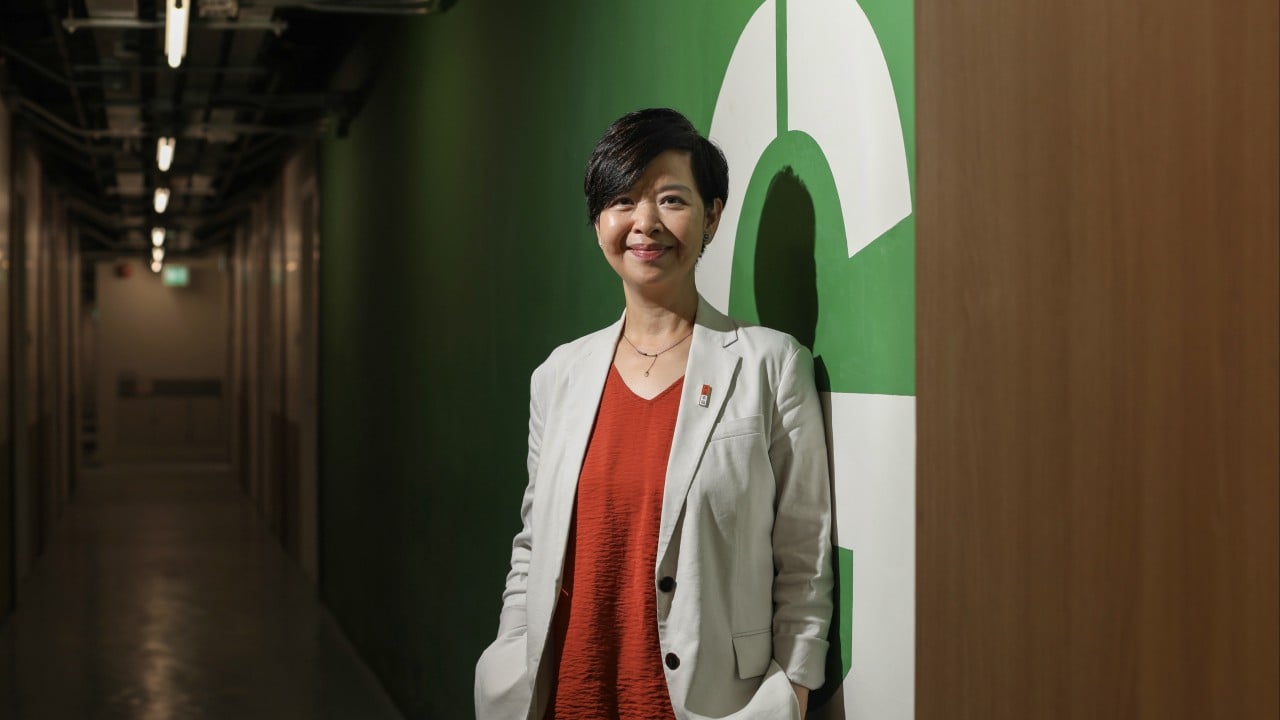Exclusive | Hong Kong subdivided flats to be regulated in phases, higher-risk homes priority: official
Hong Kong authorities will regulate subdivided flats in phases, with higher-risk homes in certain districts and buildings prioritised for eradication, the housing minister has revealed ahead of a review of proposed standards by the city leader next month.
But the regulations proposed by a task force would need time for public debate and only be enforced when temporary housing was ready to accommodate uprooted tenants, Secretary for Housing Winnie Ho Wing-yin said in an exclusive interview with the Post.
“No one will be left homeless … When we really need to take action, we will do it in batches or even one building at a time. It will be more manageable,” she said, adding that authorities would prioritise enforcement in districts where such problems were more severe.
Ho said she would adopt a pragmatic approach and was mindful of how many households would be affected when the move took place, as she was working on the regulatory details before submitting the proposals to Chief Executive John Lee Ka-chiu for review in August.
“We often think about the issue from a professional perspective, but I remind myself to also consider it from the point of view of residents living in subdivided homes,” said Ho, who is deputy head of the cross-departmental task force that is looking at how subdivided flats can be regulated.
“We can first discuss the overall strategy, then take further action when the public housing and temporary housing are in place,” she added, without giving a specific time frame.
But, according to official schedules, 30,000 temporary homes will be ready in stages by the 2026-27 financial year under the government’s “light public housing” initiative to house families who have waited for a public rental flat for at least three years.
Another 19,000 transitional homes, built by developers collaborating with welfare groups, will also offer short-term housing options by the same financial year.
Although subdivided homes are notorious for their shoebox size, hygiene conditions and safety hazards, Ho said there were diverse types and some had certain social functions.
She noted that some students and professionals such as nurses hoped to live close to their campus or workplace while some families affected by domestic abuse would seek smaller homes as temporary shelters.
Ho also cautioned that an aggressive move would force landlords out of business, resulting in buildings ageing and awaiting redevelopment, worsening maintenance problems in the city.
According to findings of a consultant commissioned by the task force, some of the 2,600 homes in major hotspots being studied were good quality, Ho said, giving a subdivided flat sized at more than 300 sq ft with a separate toilet and kitchen as an example.
As the government’s 2021 census found the city had about 108,200 subdivided flats, Ho said assessing a sample of 2,600 homes would be scientific statistically.
Subject to the findings, guidelines for minimum standards would be developed, she said, covering an area of between 75 sq ft (7 square metres) and 108 sq ft and ceiling height under which the average adult could stand up straight.
“Inhumane” subdivided flats would be ruled out, including those without windows or with a kitchen placed next to the toilet.
During the enforcement stage, the government would adopt a risk-based approach, with subdivided flats found to have too many units, fire safety issues, poor hygiene or structural safety issues eliminated first, Ho said.
She said landlords would be required to meet the new standards after contracts ended and within a grace period. Those who failed to fulfil the new requirements on time would face a penalty with a deterrent effect.
But Ho said the standards and punishment had to be “appropriate” to avoid owners’ loss of interest in operating subdivided flats and maintaining their properties, adding surveyors estimated the rectification cost per unit would reach more than HK$100,000 (US$12,800).
Before the regulations were in place, the government would step up enforcement action against those violating existing fire safety and structural rules, including homes built on rooftops and operating in industrial buildings, she said.

The move to regulate subdivided flats came three years after Xia Baolong, Beijing’s top official overseeing Hong Kong affairs, called on the city to “bid farewell” to subdivided flats and “cage homes” by 2049.
Chinese President Xi Jinping also laid down expectations on improving residents’ livelihoods by enabling them to live in bigger spaces when city leader Lee took office in 2022.
Asked whether allowing better-quality subdivided flats to remain on the market would go against Beijing’s expectations, Ho said she believed Xia was referring to homes of poor standards and that the government should be pragmatic in addressing the problem.
“We should probably be more humble or pragmatic as a start. But we can further improve when there’s a chance and space in the future,” she said.
Ho said authorities would expand social worker teams to help households displaced by the regulations and that enforcement would involve multiple departments.
After two years as housing minister, Ho, an architect by profession, said she was glad to be part of the administration to examine and tackle the long-standing problem of subdivided homes, despite challenges.
“I believe we will find a way if we are willing to face the problem. Maybe it is not a perfect solution but it is better than sweeping the problem under the rug,” she said.


